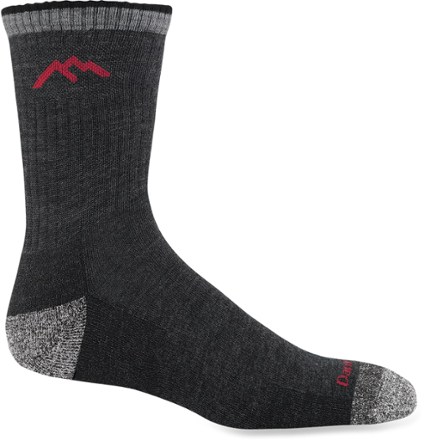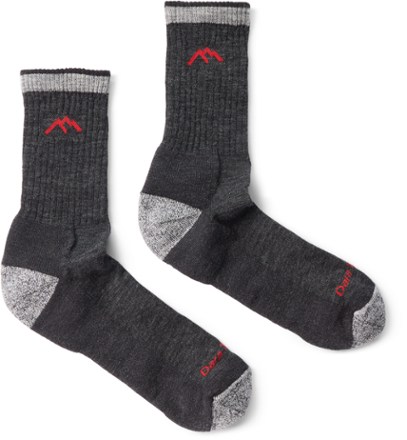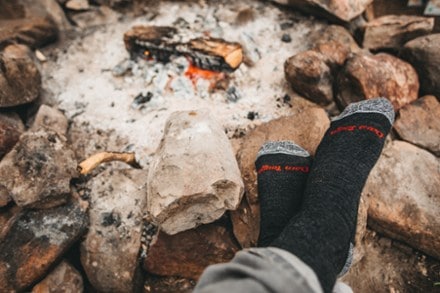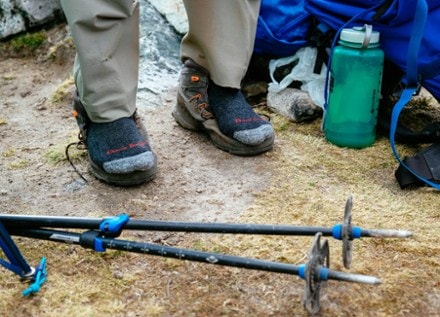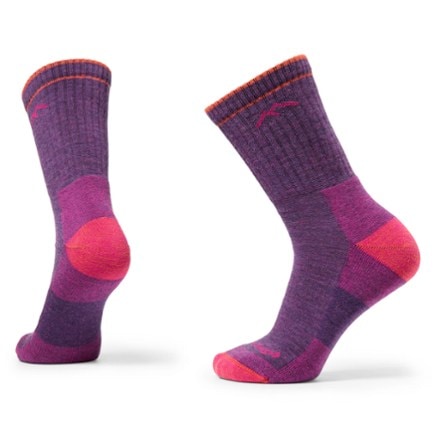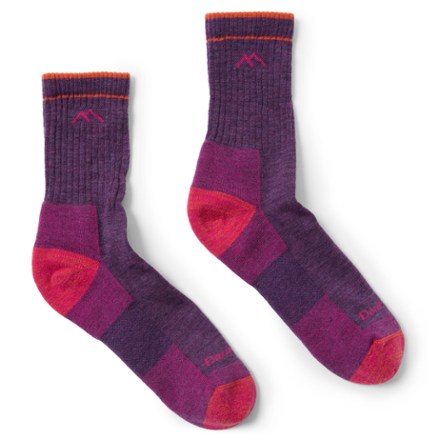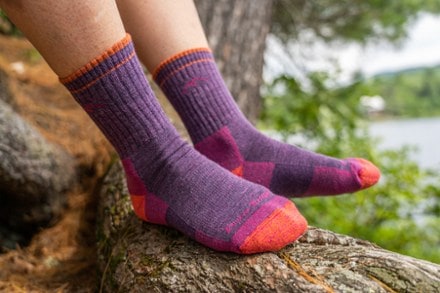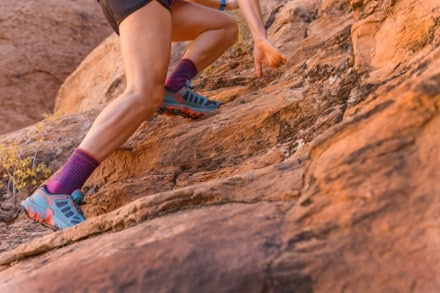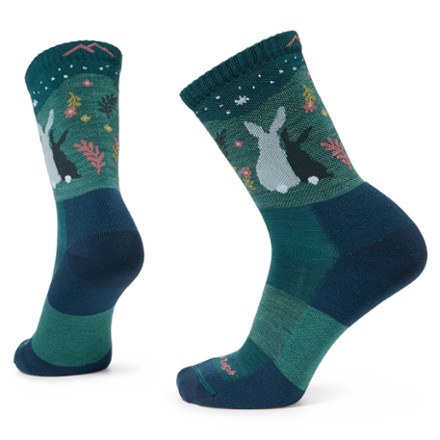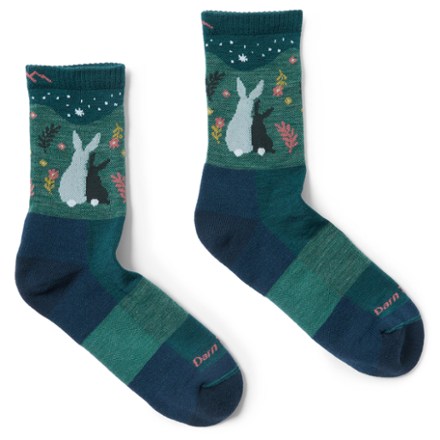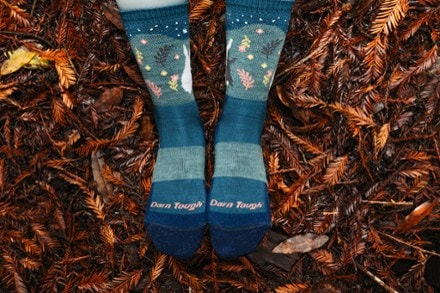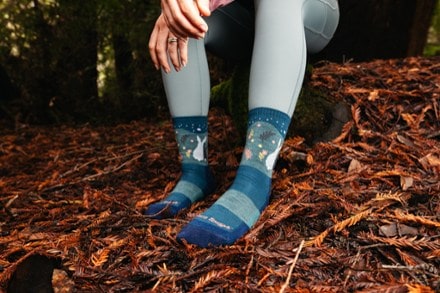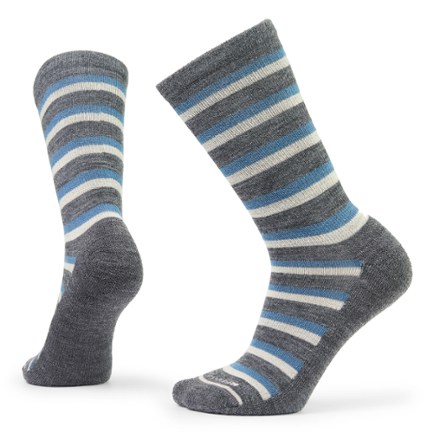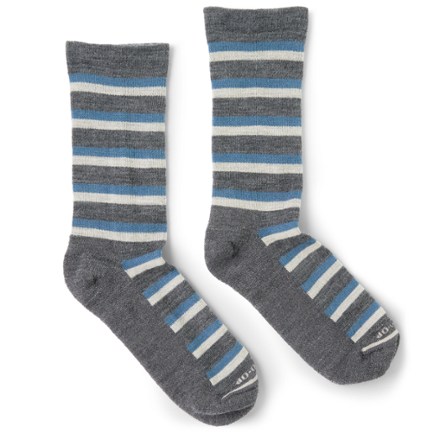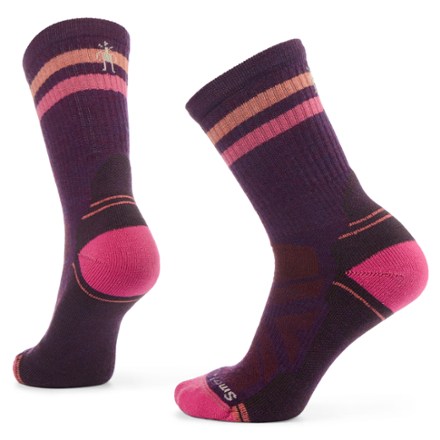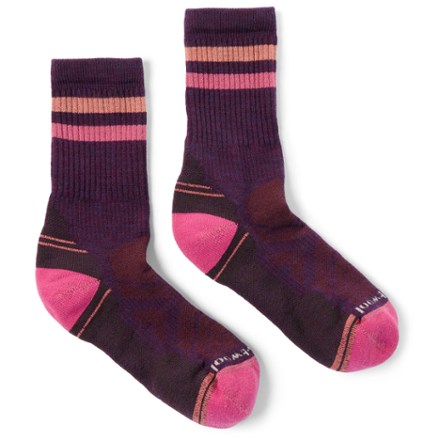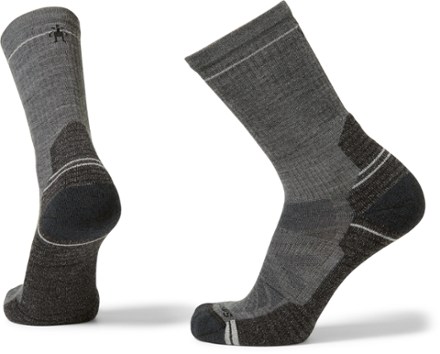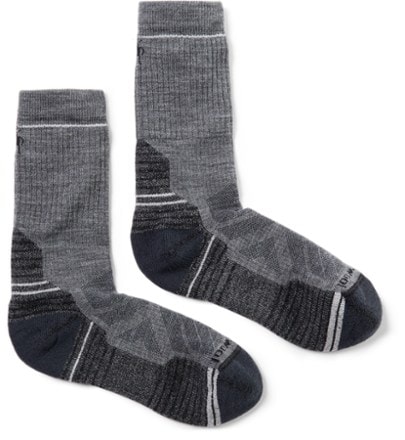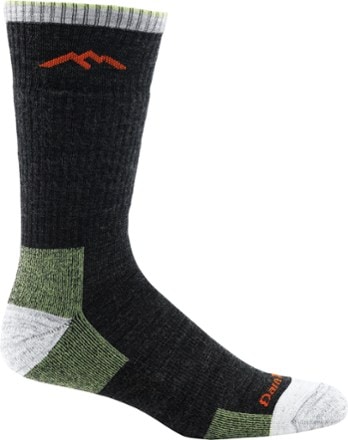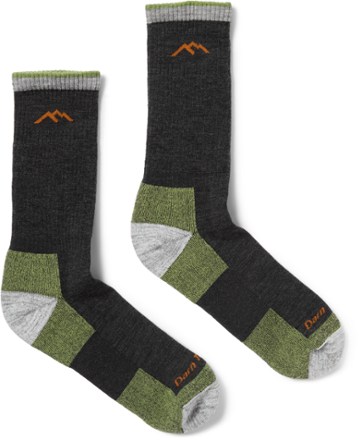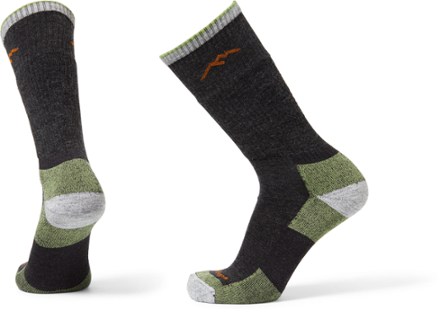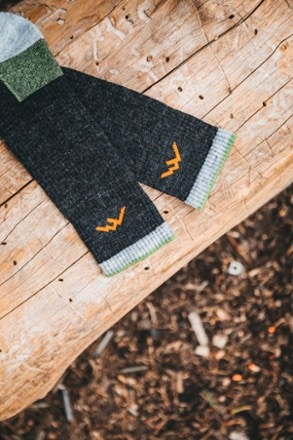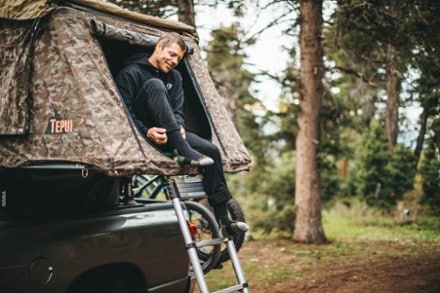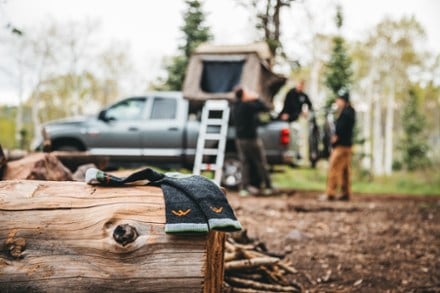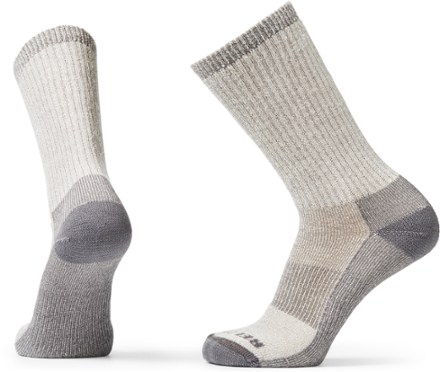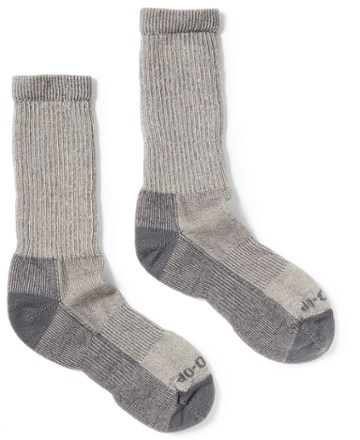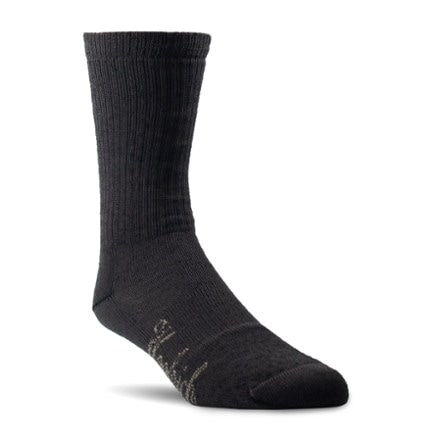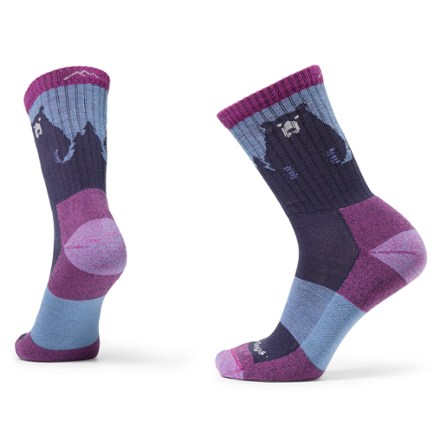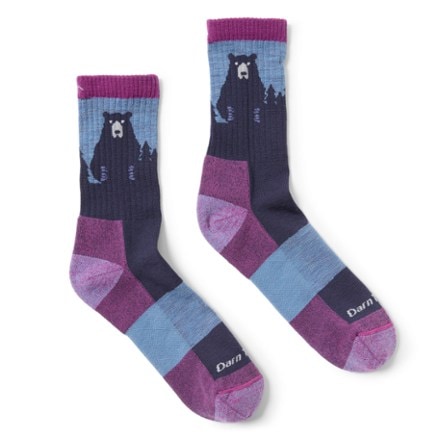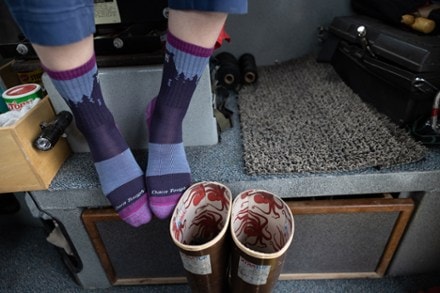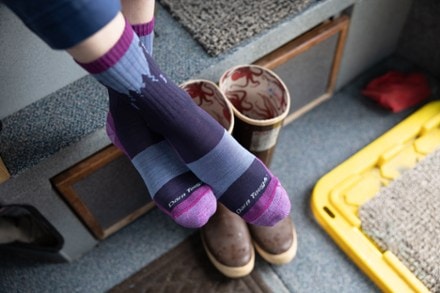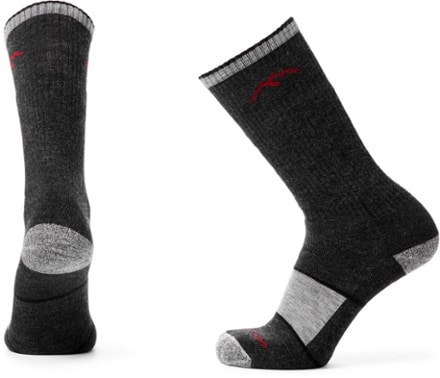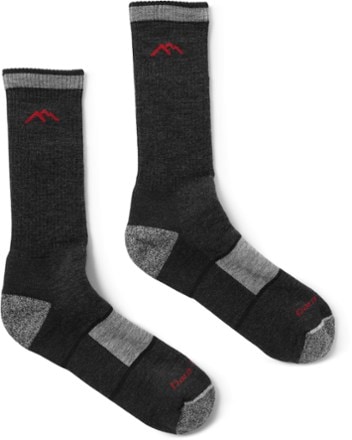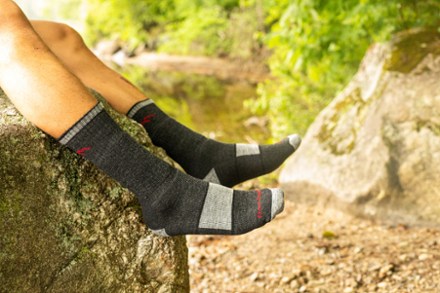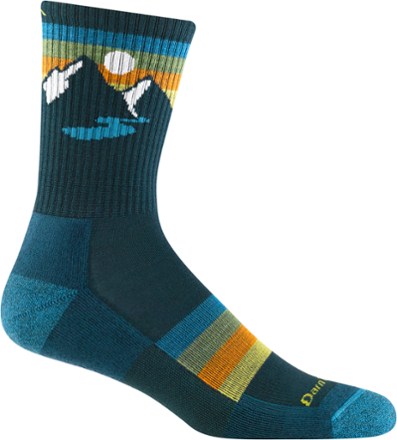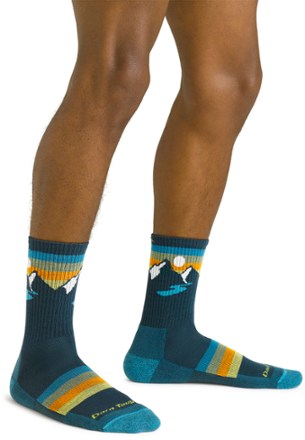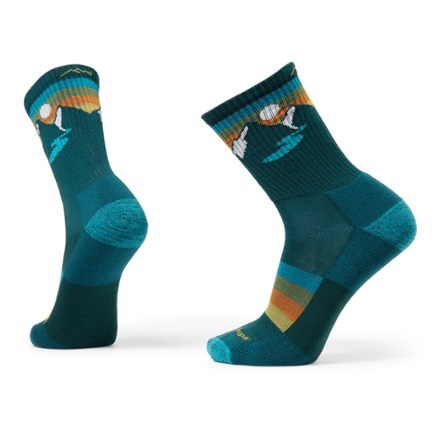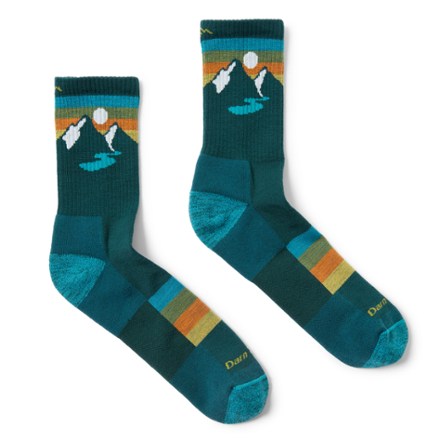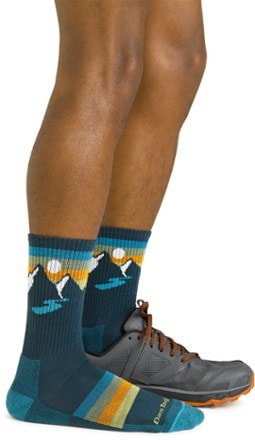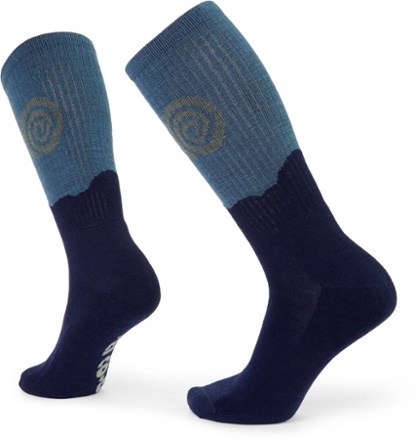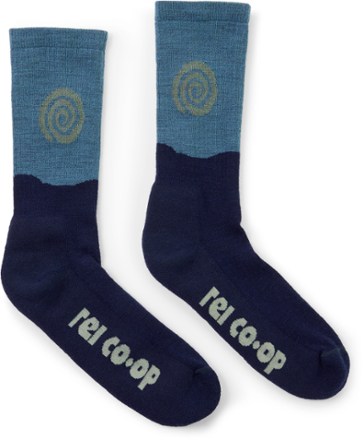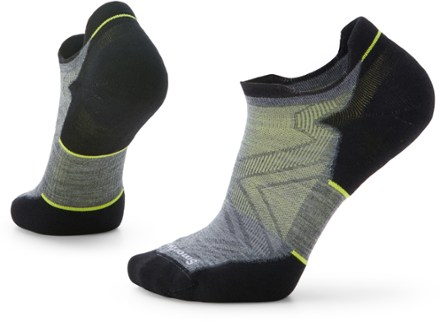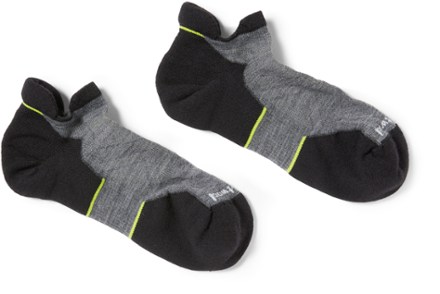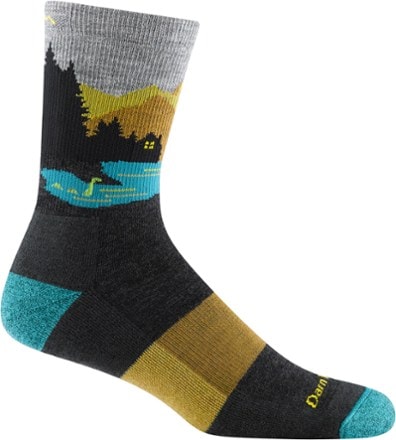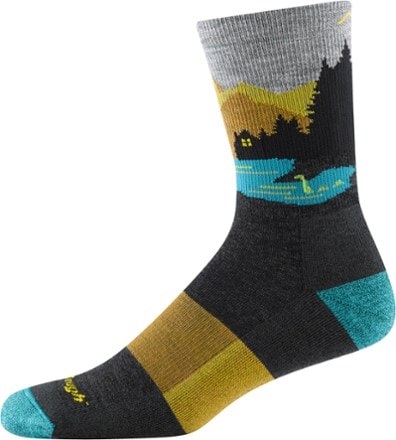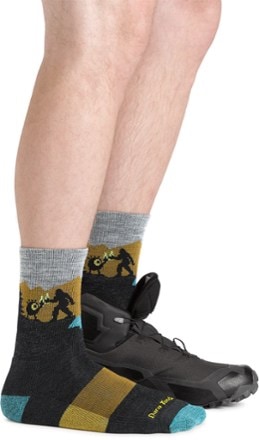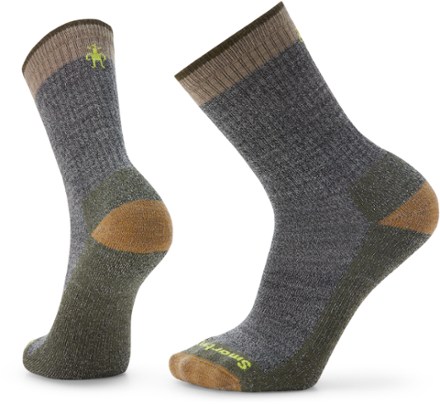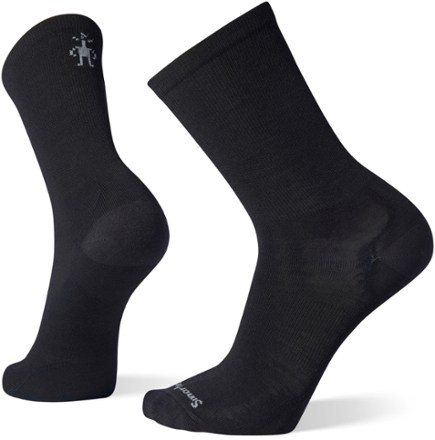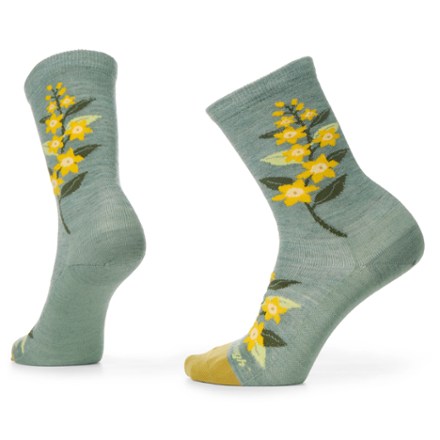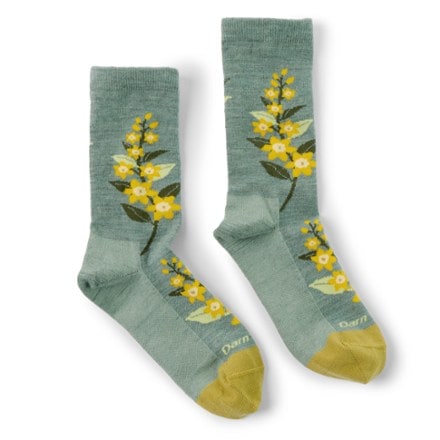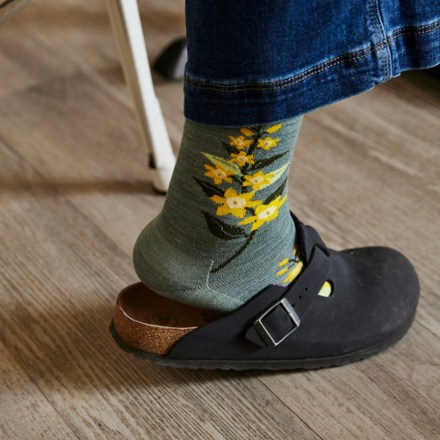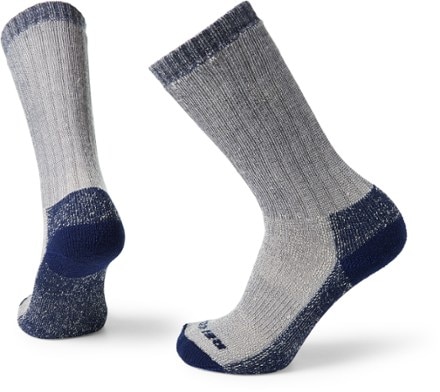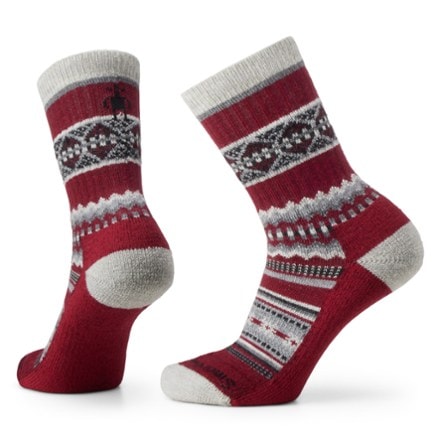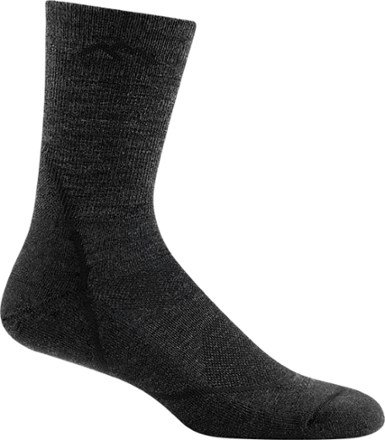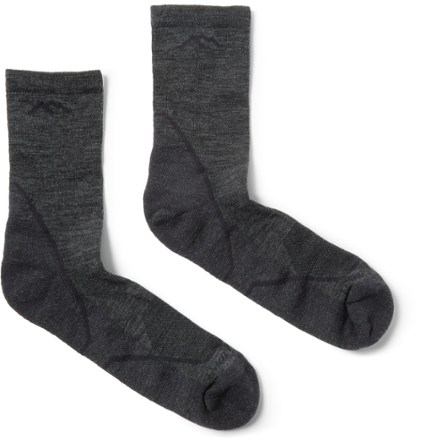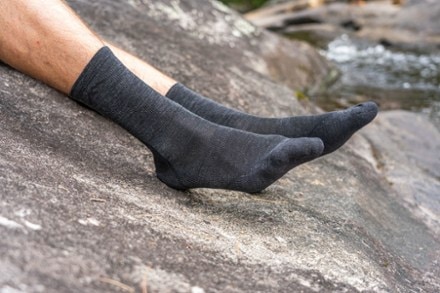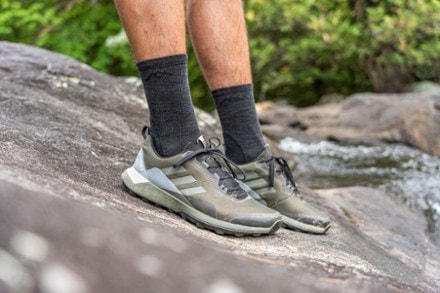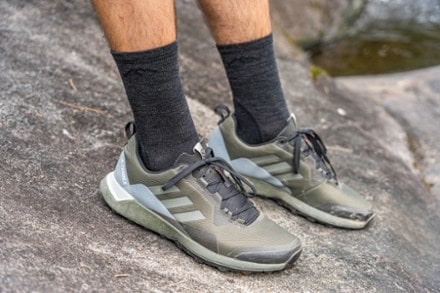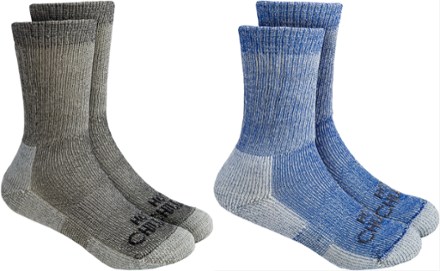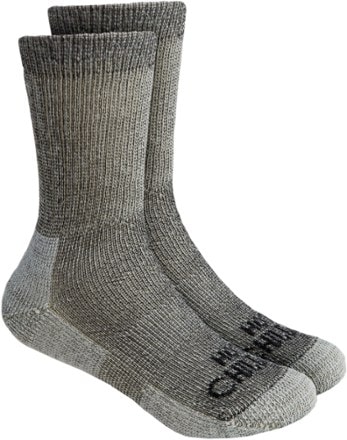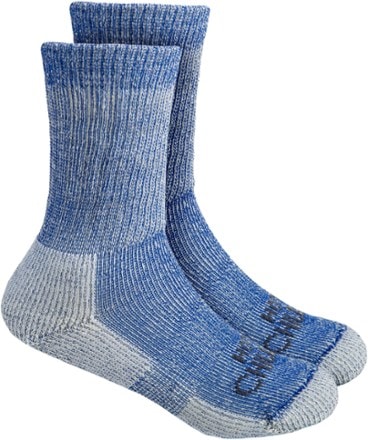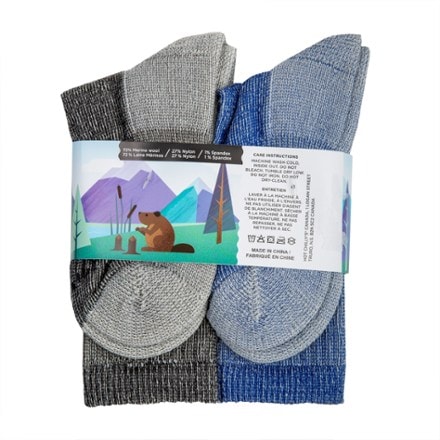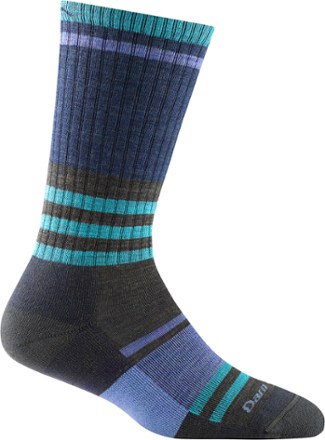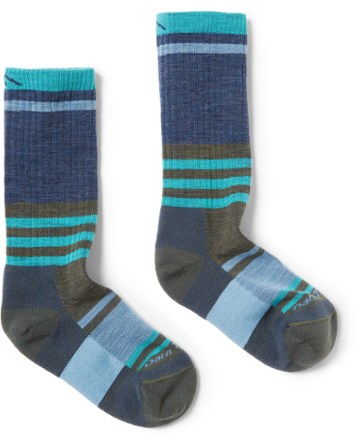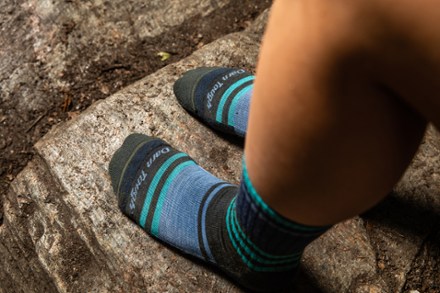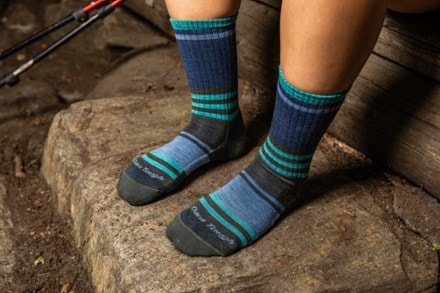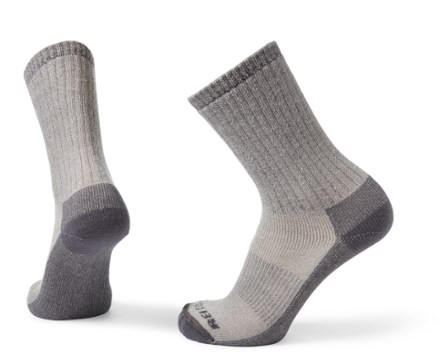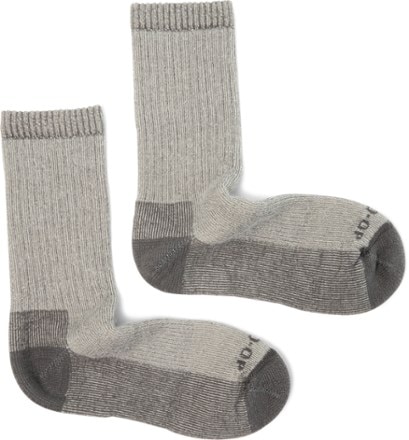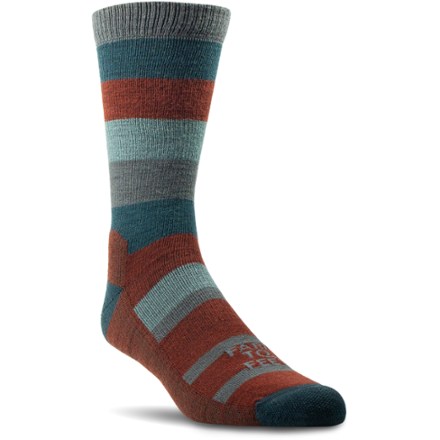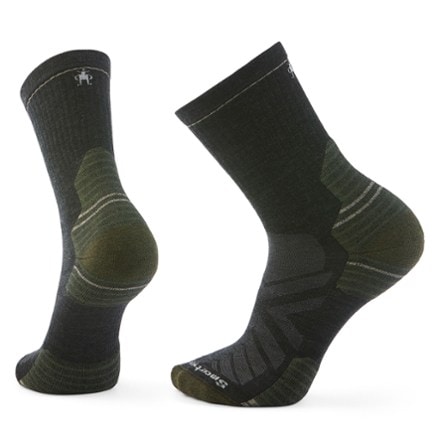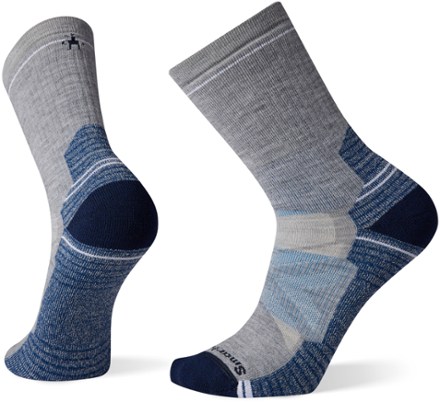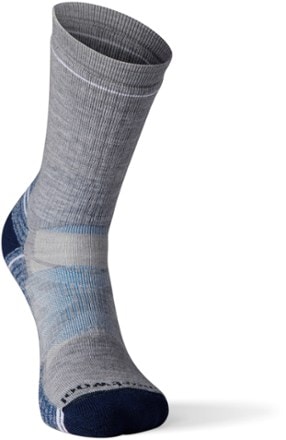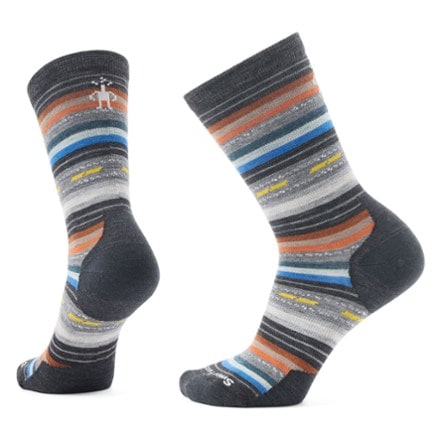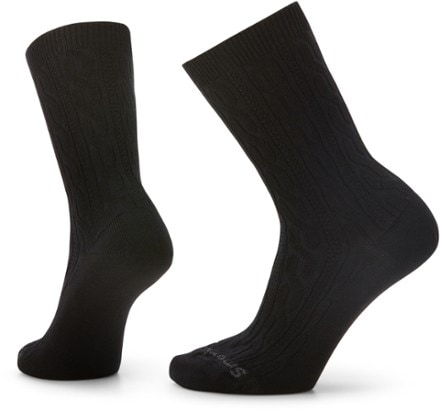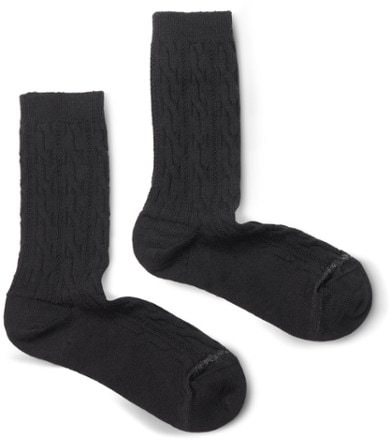Skip to search results
loaded 543 results
Socks
(543 products)Products (543)
SAVE 10%
WHEN YOU BUY 3 OR MORE full-price socks. Savings will be reflected in your shopping cart.
Sort: Best Match
- Darn ToughHiker Micro Crew Cushion Socks - Men'sTop Rated$26.00
- Darn ToughHiker Micro Crew Cushion Socks - Women'sTop Rated$26.00
- Darn ToughCritter Club Lightweight Micro Crew Socks - Women'sTop Rated$25.00
- REI Co-opNorseland Retro Merino Wool Lightweight Crew Socks$9.93Save 41%compared to $16.95
- SmartwoolPerformance Hike Light Cushion Tube Stripe Crew Socks - Women'sTop Rated$16.93 - $25.00
- SmartwoolPerformance Hike Light Cushion Crew Socks - Men'sTop Rated$25.00
- Darn ToughHiker Boot Sock Cushion Socks - Men'sTop Rated$28.00
- Sale Ends Dec 22REI Co-opMerino Wool Lightweight Hiking Crew Socks$13.19Save 30%compared to $18.95
- WoolrichMerino Wool Hiking Crew Socks - Men's$17.73Save 11% - 22%compared to $20.00 - $22.95Save up to 30% extra on your REI Outlet purchase, thru 12/16.REI OUTLET
- Darn ToughBear Town Micro Crew Socks - Women'sTop Rated$25.00
- Darn ToughHiker Boot Full-Cushion Socks - Men'sTop Rated$30.00
- Darn ToughSunset Ridge Micro Crew Lightweight Hiking Socks - Men'sTop Rated$25.00
- REI Co-opTrailsmith Merino Wool Crew Socks$10.93 - $11.79Save 30% - 35%compared to $16.95
- SmartwoolPerformance Run Targeted Cushion Low Ankle Socks - Men'sTop Rated$12.93 - $19.00
- Darn ToughClose Encounters Micro Crew Midweight Hiking Socks - Men'sTop Rated$26.00
- SmartwoolEveryday Rollinsville Crew Socks - Men'sTop Rated$24.00
- SmartwoolEveryday Anchor Line Crew Socks - Men's$22.00
- Darn ToughBlossom Socks - Women'sTop Rated$24.00
- Sale Ends Dec 22REI Co-opMerino Wool Expedition Hiking Crew SocksTop Rated$15.99Save 30%compared to $22.95
- SmartwoolEveryday Snowed In Sweater Crew Socks - Women'sTop Rated$28.00
- BrooksGhost Midweight Socks - 2 Pairs$14.73Save 26%compared to $20.00Save up to 30% extra on your REI Outlet purchase, thru 12/16.REI OUTLET
- Darn ToughLight Hiker Micro Crew Socks - Men'sTop Rated$25.00
- Hot ChillysYouth Wool Trail Socks - 4 Pairs - Kids'$44.73Save 25%compared to $60.00Save up to 30% extra on your REI Outlet purchase, thru 12/16.REI OUTLET
- Darn ToughHer Spur Light Cushion Boot Socks - Women'sTop Rated$17.93 - $27.00
- Sale Ends Dec 22REI Co-opMerino Wool Midweight Hiking Crew Socks$13.89Save 30%compared to $19.95
- Farm to FeetRutherford Light Cushion Crew Socks$17.73Save 22%compared to $23.00Save up to 30% extra on your REI Outlet purchase, thru 12/16.REI OUTLET
- SmartwoolPerformance Hike Targeted Cushion Mid Crew Socks - Men'sTop Rated$23.00
- SmartwoolPerformance Hike Full Cushion Crew Socks - Men'sTop Rated$27.00
- SmartwoolEveryday Margarita Crew Socks - Women'sTop Rated$22.00
- SmartwoolEveryday Cable Crew Socks - Women'sTop Rated$22.00
1–30 of 543 products
Sort: Best Match
